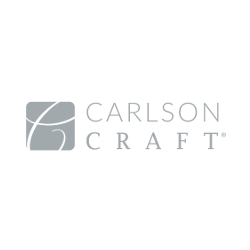Managing scars makes one feel and look better
Proper scar management can dramatically improve how a scar looks and feels over time. While some scars fade naturally, others may require specialized care, to prevent complications and achieve the best possible outcome.
Factors such as wound care, sun protection and the use of targeted therapies, play a critical role in the healing process.
Scars affect millions of people, with over 50 percent of individuals having at least one scar, according to the American Academy of Dermatology. Understanding the different types of scars and the appropriate management techniques, can lead to better results and minimize longterm issues.
Hyperplastic scars often improve with time. Keloid scars, which can become firm and itchy, may require silicone scar strips and steroid injections. Irregular or contracted scars caused by traumatic injuries, may need revision surgery, to restore function and appearance.
There are three essential strategies for optimal scar healing:
• Scar Massage – Gently massaging the scar a few times daily, can reduce swelling and improve tissue flexibility.
• Silicone Scar Strips – These strips create an ideal environment for scar maturation, by maintaining hydration.
• Sunlight Avoidance – Protecting scars from UV exposure prevents inflammation, that can hinder healing.
Supporting the body’s natural healing mechanisms, through careful post-operative care, is critical. Patients should follow their surgeon’s instructions closely, and monitor for any signs of infection or irritation that may impact healing.


